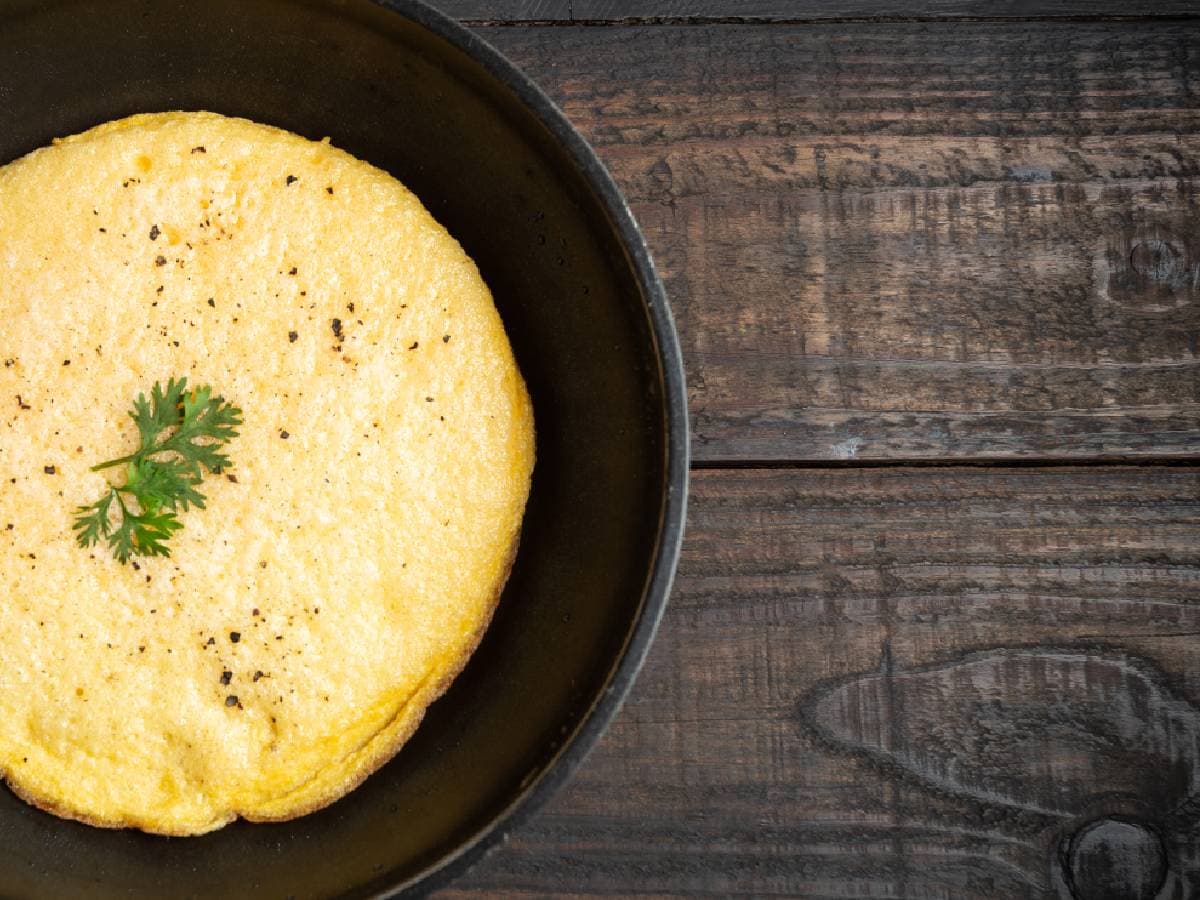 Grits ingredients , in the heart of Southern kitchens and on the menus of fancy restaurants alike, grits hold a place of honor. This humble dish, with its roots deeply embedded in American history, has evolved from a Native American staple to a modern culinary delight enjoyed across the United States. But what exactly are grits made of, and how have they become such a beloved part of American cuisine?
Grits ingredients , in the heart of Southern kitchens and on the menus of fancy restaurants alike, grits hold a place of honor. This humble dish, with its roots deeply embedded in American history, has evolved from a Native American staple to a modern culinary delight enjoyed across the United States. But what exactly are grits made of, and how have they become such a beloved part of American cuisine?
From the fields of dent corn to the breakfast tables of millions, grits have a story to tell—a story of tradition, versatility, and simple pleasures. In this comprehensive exploration, we’ll dive into the world of grits, uncovering their origins, varieties, nutritional profile, and much more. Whether you’re a grits aficionado or a curious foodie, join us on this flavorful journey through the world of this quintessential comfort food.
Introduction to Grits
What are grits?
At their core, grits are a testament to simplicity and tradition. Made from dent corn, a type of corn characterized by its soft, starchy kernel, grits are a porridge-like dish that has warmed hearts and filled bellies for centuries. The process of making grits involves removing the outer hull of the corn, drying the kernels, and then grinding them into small, gritty bits—hence the name.
Grits are not just a dish; they’re a cultural icon, especially in the American South. They embody the essence of comfort food, offering a canvas for a myriad of flavors, from the rich and creamy to the savory and spicy. Whether served plain with a pat of butter or dressed up with cheese, shrimp, or a sprinkle of fresh herbs, grits remain a versatile staple in culinary traditions.
A brief history and cultural significance
The story of grits begins long before European settlers arrived in North America. Native Americans were the first to create a version of grits, known as “rockahomine,” made from mashed corn. This dish was quickly adopted and adapted by colonists in Jamestown, Virginia, who coined the term “hominy.” Over time, grits became a cornerstone of American diets, particularly in the South, where they were cherished for their affordability, long shelf life, and versatility.
Today, grits continue to hold a place of pride on Southern tables and have gained popularity nationwide, celebrated for their comforting qualities and deep-rooted history. They’re not just food; they’re a symbol of resilience, tradition, and the simple joys of home-cooked meals.
In the next sections, we’ll delve deeper into what grits are made of, the different types available, and how they’ve become an indispensable part of American culinary culture. Stay tuned as we explore the rich tapestry of grits, from field to fork.
The Composition of Grits
What Grits Are Made Of
At the heart of every bowl of grits is dent corn, also known as field corn. This variety stands out for its high starch content and soft kernel, which are essential for creating the perfect texture of grits. Unlike the sweet corn we enjoy off the cob, dent corn is harvested when the kernels are mature and dry. This maturity is crucial, as it lends the corn its distinctively starchy quality, making it ideal for grinding into grits.
The transformation from corn to grits is a fascinating process. First, the outer hull of the corn kernel is removed, a step that unveils the true potential of the corn. Once the hull is gone, the kernels are dried, preserving their flavor and making them ready for the next stage. The dried kernels are then ground, but not too finely—this is where grits get their characteristic texture. The result is a coarse meal that, when cooked, offers a unique blend of creaminess and subtle crunch, a texture that’s both comforting and satisfying.
Processing: From Corn to Grits
The journey of corn kernels from the field to the breakfast table is a testament to the ingenuity of food processing. The initial step involves hulling, where the outer layer of the kernel is removed. This process not only prepares the corn for grinding but also affects the nutritional profile of the final product. Next, the dried, hulled corn is ground. The degree of grinding varies, leading to different types of grits, each with its own texture and cooking time.
This process, while seemingly simple, is the result of centuries of culinary evolution. It reflects a deep understanding of how to harness the natural qualities of corn to create a dish that’s not just nourishing but also versatile and delicious. Grits, in their many forms, are a celebration of this process—a staple food that’s as rich in history as it is in flavor.
In the next section, we’ll explore the various types of grits available, from stone-ground to instant, and how each brings its own unique qualities to the table. As we delve deeper into the world of grits, we’ll uncover the subtleties that make this dish a beloved classic in American cuisine.


